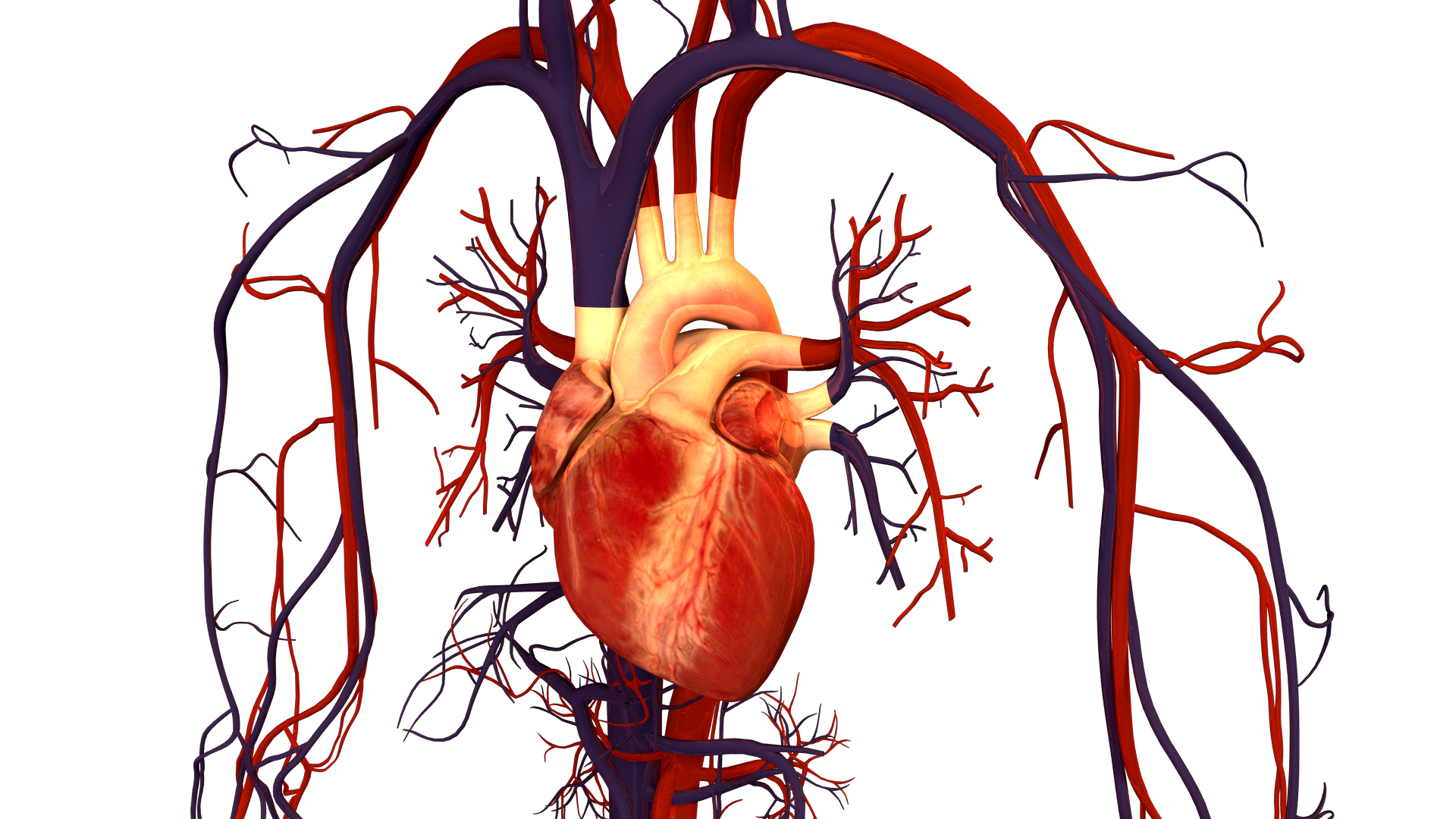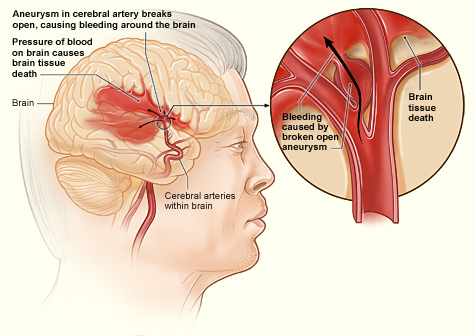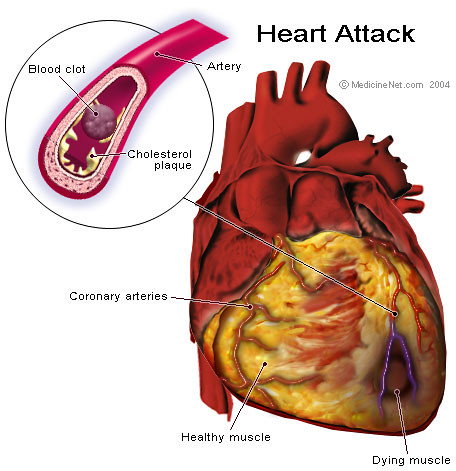Reflection:
First of all, I chose the topic of tai chi because I felt
that it met all of the requirements of this project: it was something that I
was familiar with but also interested to try learning about and executing
myself, as well as a topic that I felt was obscure enough that my peers could
learn a lot about. My father has practiced this type of martial arts since I
was young, and watching him do it has always been fascinating to me, so I
decided to take a shot at trying it out and seeing for myself how it really
was. I had touched on the topic of tai chi during school only once before, in a
middle school PE unit, and having forgotten really what was taught during that
time, I felt that Wellness Day was a perfect time to revisit that time and bond
with my dad even more. Some interesting things that I learned while preparing
was that, as I mentioned during our presentation, tai chi is indeed way harder
than it looks. It took at least probably 5 hours of practice for Michelle and I
to memorize the small portion of the 24-movement tai chi sequence that we used
in our activity, and I was able to gain newfound appreciation and admiration
for my dad and other people who practice this kind of martial arts. Not only
was tai chi difficult to memorize, but the physical taxation of doing it
strangely fascinating to me. I was also surprised at the ability that only a
small amount of tai chi in my life could calm me; even after our short stint
during the Wellness Day activity, I felt infinitely more relaxed and focused
than I would be during any other Anatomy & Physiology class after lunch, when
I usually feel drowsy. On the topic of general health and wellness that tai chi
provides, there are numerous studies proving the long–term mental and physical
benefits of practicing this art. Despite the misconceptions of being effortless
and straightforward, tai chi has been known to improve the general balance, flexibility
and strength of an individual with its almost painfully slow and deliberate
movements, and in a way, not using external equipment produces an entirely
different challenge in itself. Instead of relying on machines and tools to
stretch and strengthen muscles and bones, one has to achieve seemingly
impossible positions while looking smooth and graceful all the while. In terms
of alleviating certain illnesses, tai chi reduces the risk of, in some cases,
arthritis, osteoporosis, high blood pressure, and muscle atrophy in older
adults, whereas practicing from a young age not only helps people stay ahead of
the game in terms of health, but also assists in improving their attention span.
Usually, people who practice tai chi find a connection between the mind and body,
and use tai chi in a way similar to meditation or mindfulness, which we learned
in class, to focus their minds and concentrate on their breathing and
movements. The breathing aspect of tai chi is consequently hugely beneficial to
the inducement of the parasympathetic nervous system, as the controlled
breathing causes the sympathetic nervous system and feelings of stress to
subside. I feel that I would give myself a 9.5/10 because I believe that the
effort that I put into our project was quite a lot, and the balance of work
between me and Michelle was mostly even. In the future, I think I would be
interested to learn more about how long it takes to fully master tai chi, and
what other “practical” defenses can be found in many of the movements of tai
chi, since I found it really interesting to learn from my dad where the “Parting
the Wild Horse’s Mane” move really came from.







